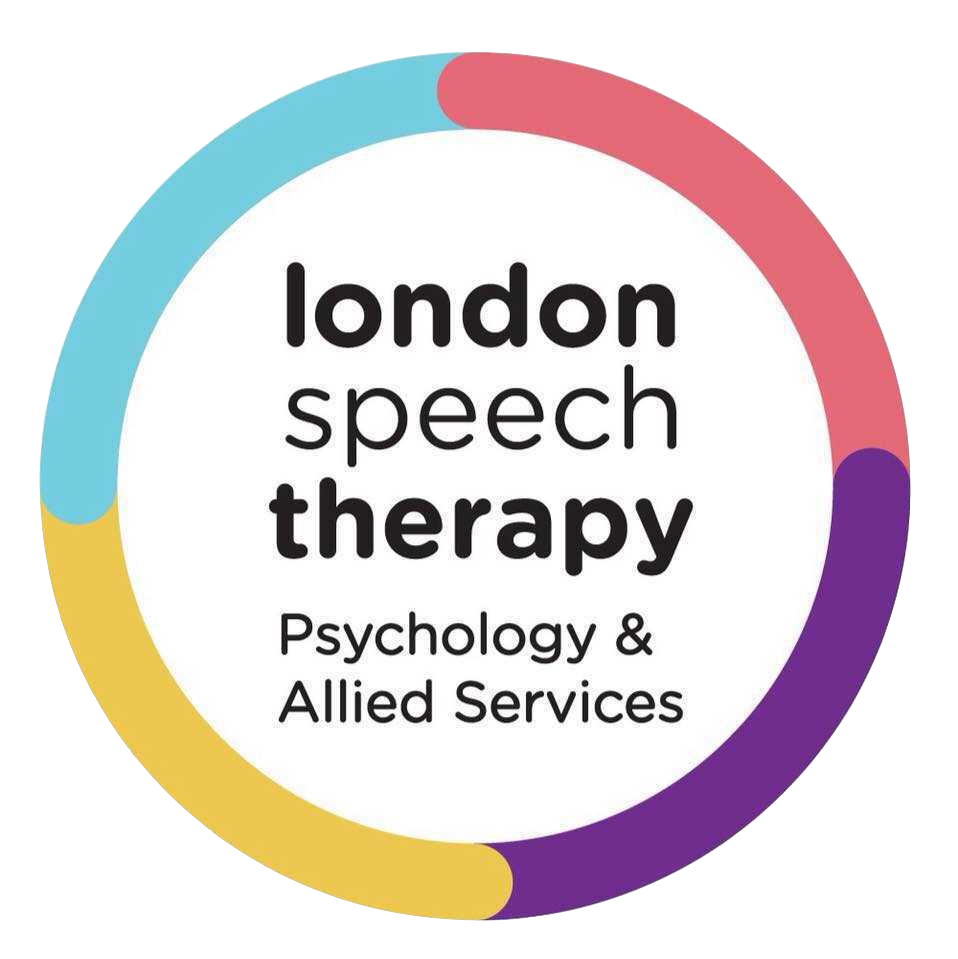-
What Are Core Boards?
What? Core boards are a form of AAC (augmentative and alternative communication) and are used to assist individuals in various areas of language (requesting, commenting, declaring). These boards provide a set of essential words and phrases that are frequently used in communication, enabling individuals to express themselves effectively, make choices, and engage in conversations. Core…
-
International Stammering Awareness Day
Today is International Stammering Awareness Day 2023 and our team here at London Speech Therapy believe that there is no better way to spread awareness than to talk to and ask people who stammer what they would like to share. With one of our very own speech and language therapists having a stammer and 2…
-
Five Things You Should Know About Rett Syndrome
Rett Syndrome is a severe, lifelong disorder, and those with it will rely totally on others for support throughout their lives. Rett Syndrome is a rare condition that affects the development of the brain, causing physical and mental disability which begins in early childhood. After a short period of normal development, symptoms begin during the…
-
Help your child express themselves with Intensive Interaction.
Intensive Interaction – the importance of non-verbal communication. We all know the importance of body language. It helps us express what we feel, even when we’re saying something different. We use it all the time, whether we realise it or not, in fact, according to non-verbal communication expert Albert Mehrabian, when we’re talking face-to-face about…
-
Communicating with Makaton
Almost everything we do involves some form of communication – it is one of the most important skills we can have. From everyday necessities such as asking for food and drink, to more complex interactions such as learning in school, all of these things rely on our ability to communicate with each other. When we…
-
How much do you know about Stammering?
We’ve found that even after the success of The King’s Speech (which did a great job of bringing stammering into the public eye), there’s still a real lack of understanding. Stammering, which is also known as stuttering or dysfluency, often begins at a young age (usually between 2 and 5) and while some children grow…
-
Special Educational Needs reforms in England – what you should know.
Children and young people with special educational needs (SEN) require extra or specific help in school or nursery in order to ensure that they are not at a disadvantage when compared with their peers. This extra help can take many different forms, but includes things such as special learning programmes, extra help from a teacher…
-
How to Spot The Signs of Bullying
Bullying is a problem that affects lots of young people, but did you know that children with a speech and language disorder are significantly more likely to be bullied than their peers? A recent study, carried out in 2012, found that children who stutter are 61% more likely to be targeted by a bully, while…
-
PECS – the Picture Exchange Communication System
What is PECS? PECS, or the Picture Exchange Communication System, is a low-tech aided method of Augmentative and Alternative Communication (AAC) that involves the use of cards with pictures. Children who are unable to talk or write can learn to communicate with adults using pictures instead of words. So, if a child wants a drink,…
-
What can having a Developmental Language Disorder (DLD) mean for a child?
Developmental Language Disorder is the name used to describe the difficulties that some children have with learning and using language. Language disorder is described as specific when these difficulties aren’t associated with other factors or conditions, such as general learning difficulties, cerebral palsy or autistic spectrum disorders. Children with other associated conditions are said to…
